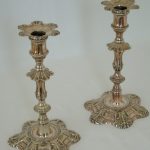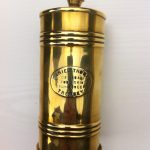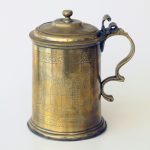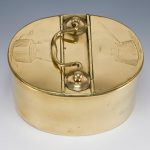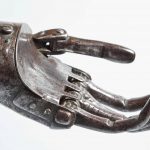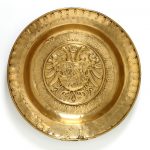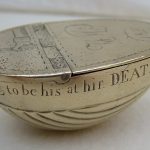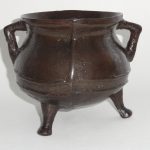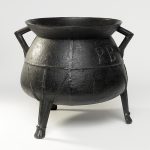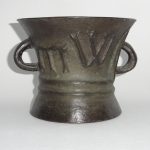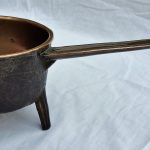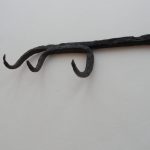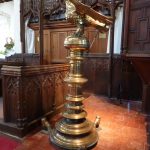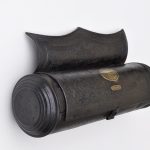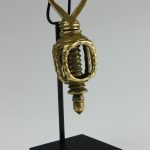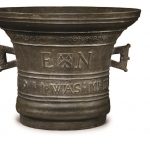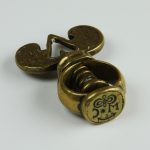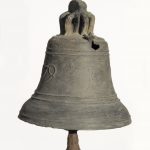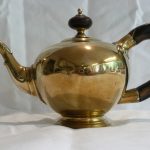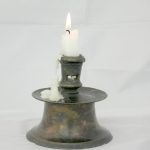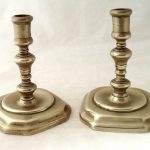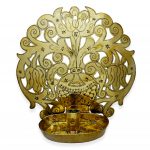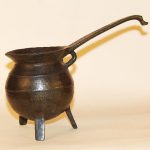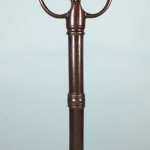Serpentine Fender
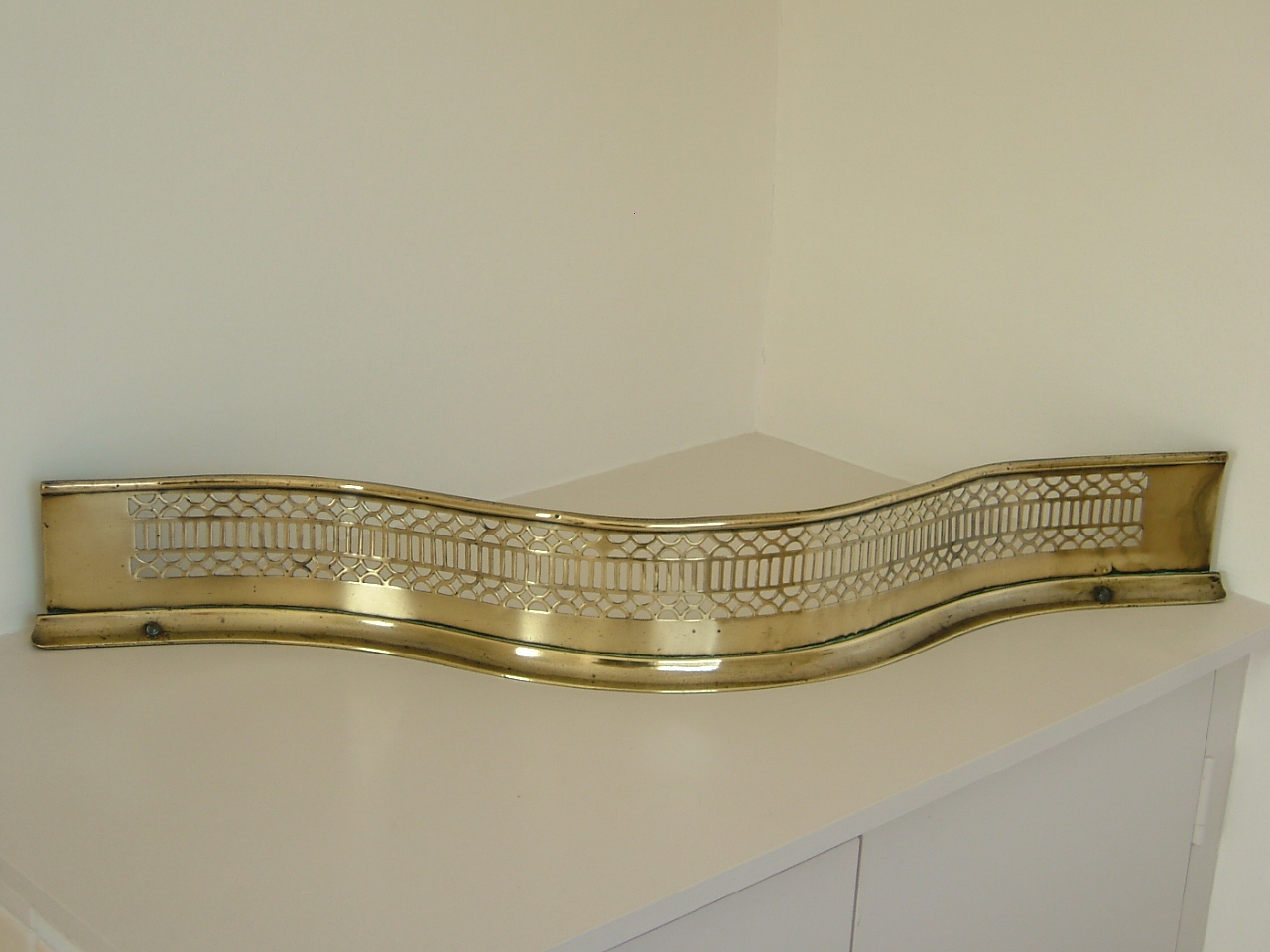
Explanation:
This small serpentine fender is cast in two halves, with a central seamed joint. A failure in the mould has resulted in one of the elements in the top row of the pierced fret being ‘blind’. The top and bottom mouldings are separate castings, respectively pinned and bolted on.
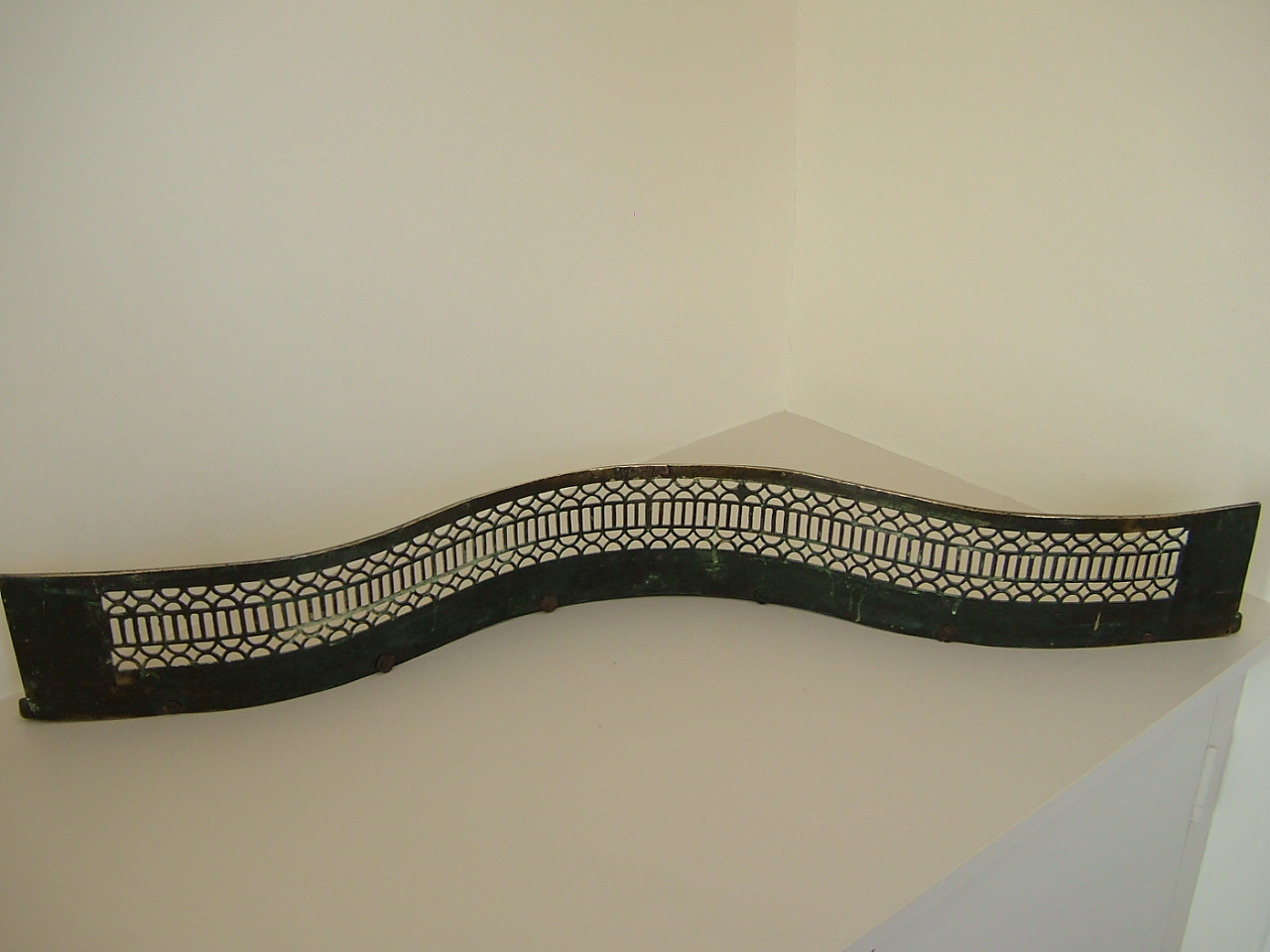
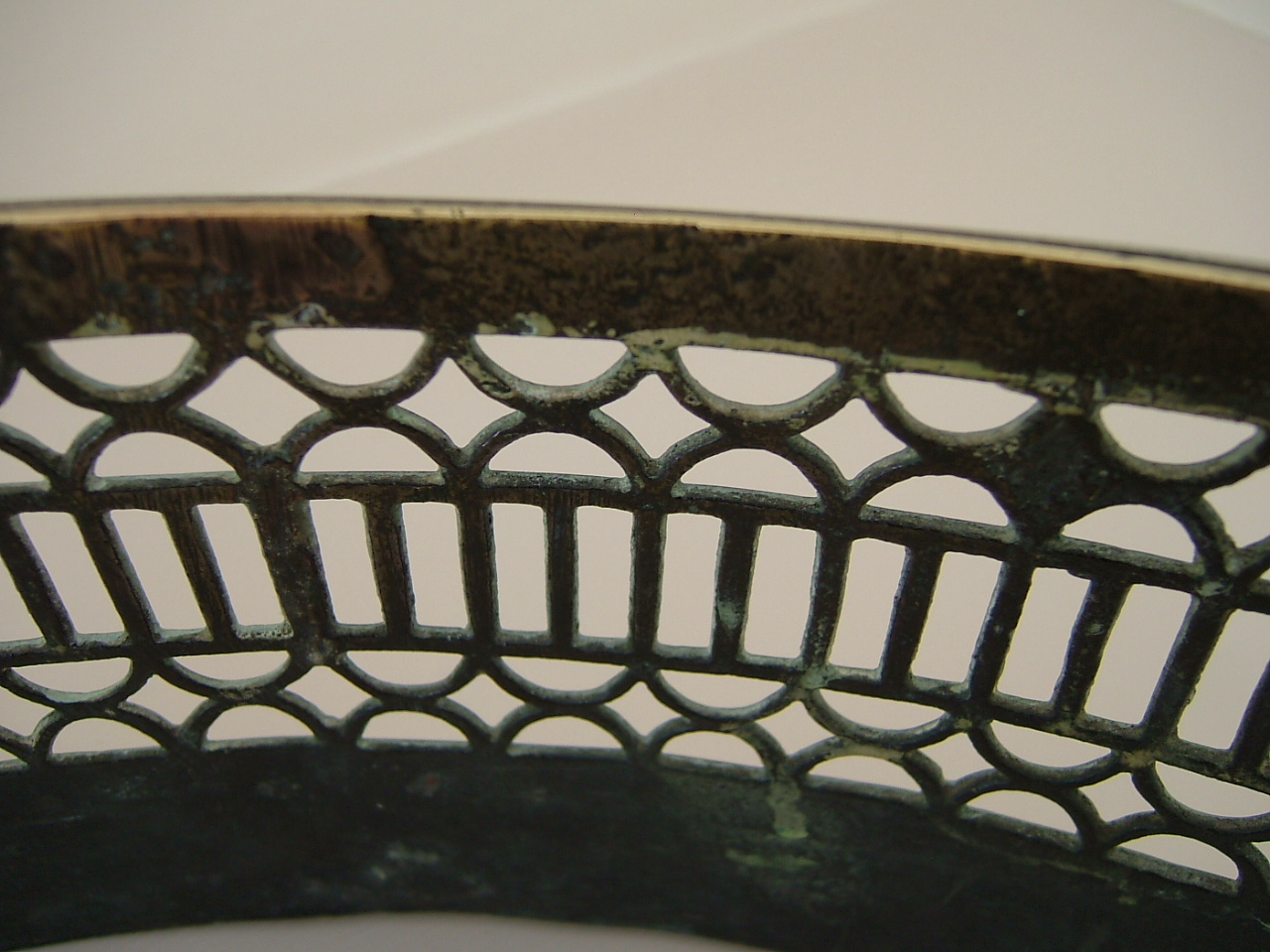
The fender kept hot embers on the hearth, made of stone, brick or slate and usually more or less flush with the floor, and prevented them from reaching the wooden floorboards. The serpentine shape was designed to rest on the hearth, with its straight end sections flat against the front of the fireplace and the central bowed section across the front of the grate. Later fenders were often fitted with a sheet-iron ‘shoe’ or floor-plate to catch embers falling from the grate, but there is no evidence that the present example ever had one.
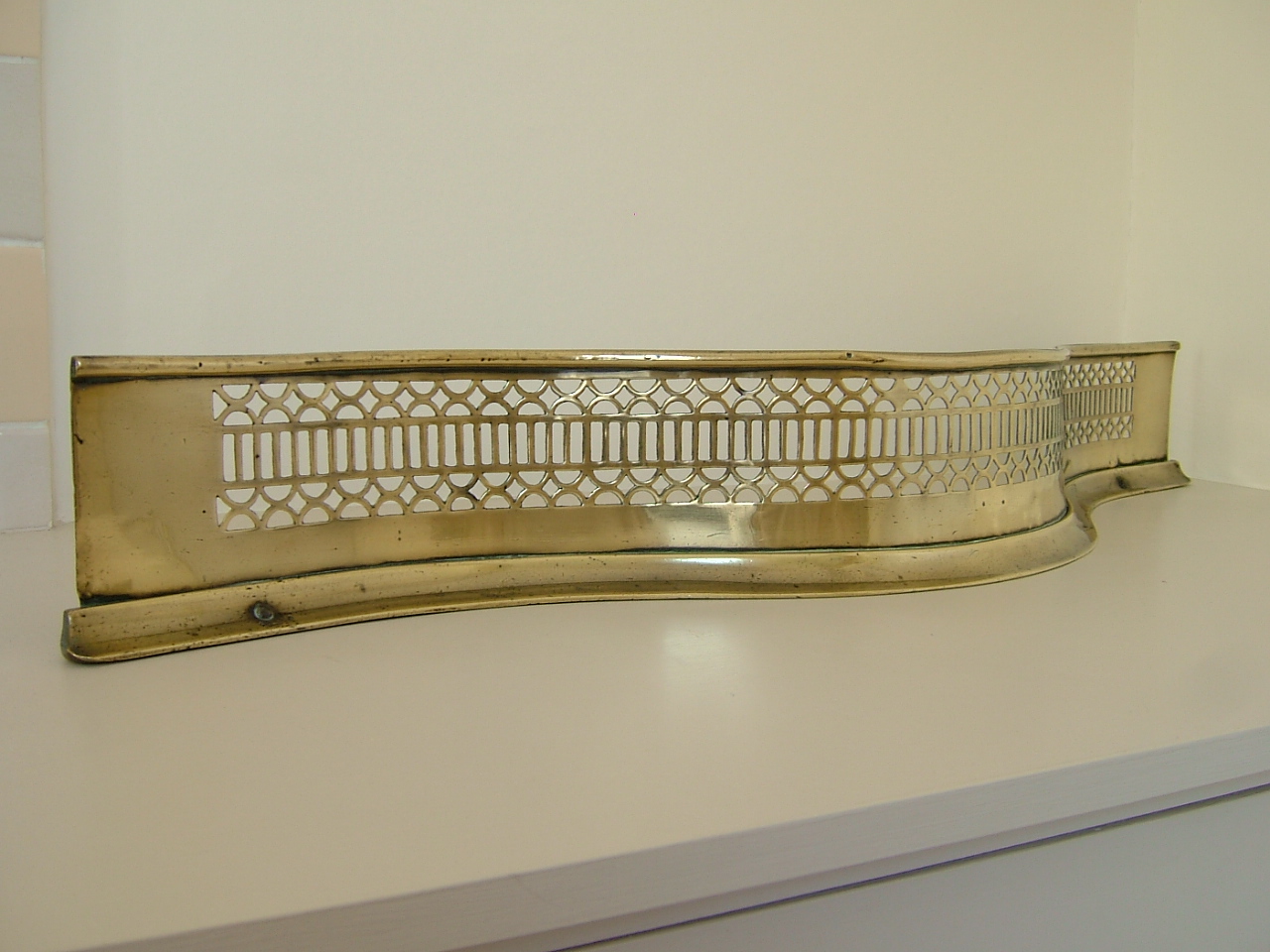
Reference:
- For a similar model, see P, N & H Schiffer, The Brass Book, Schiffer Publishing Ltd, Exton, PA, USA, 1978, ISBN 0 916838 17 X, p.241 fig.D

